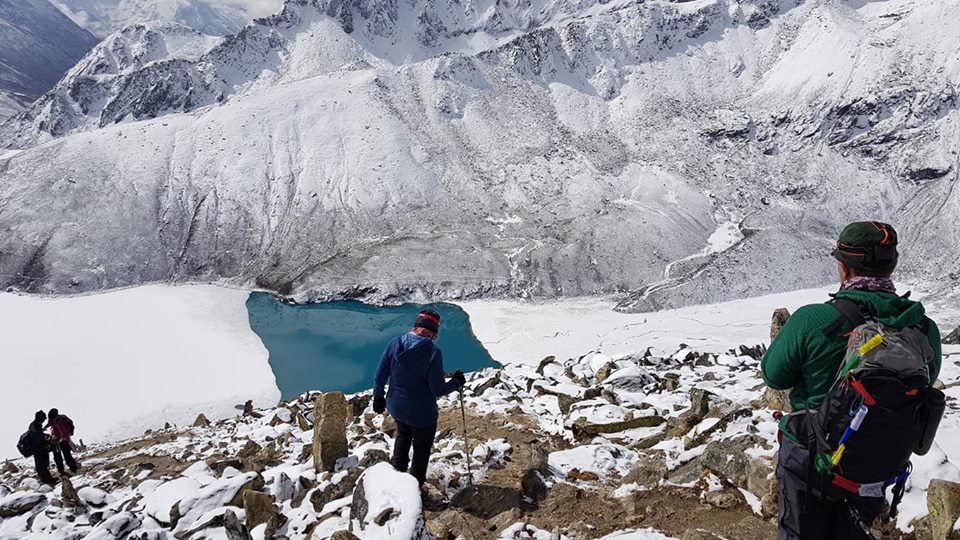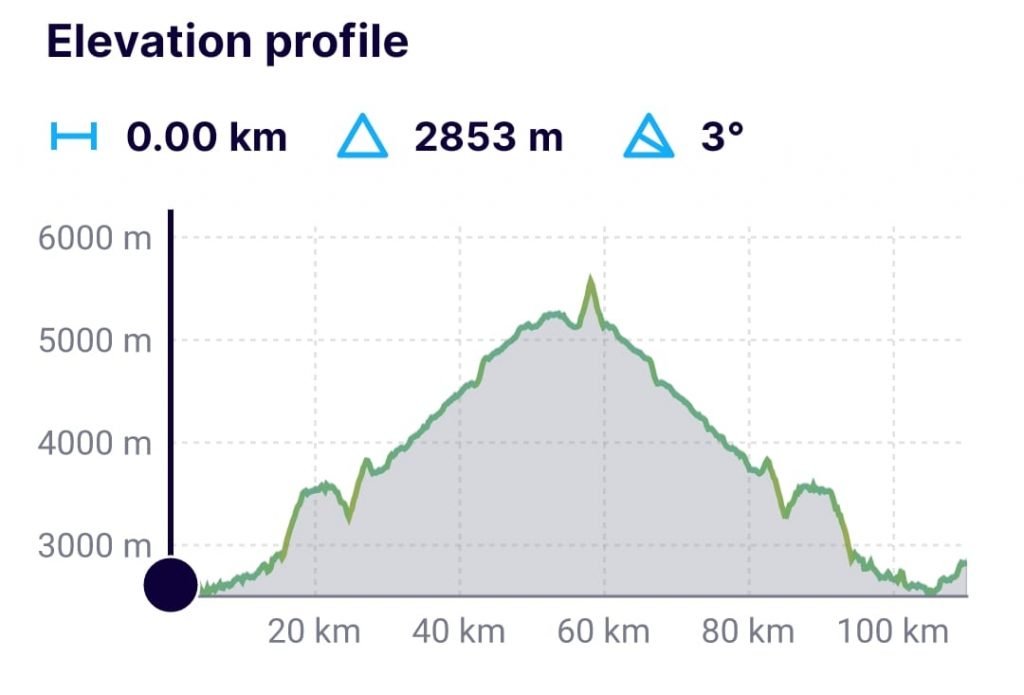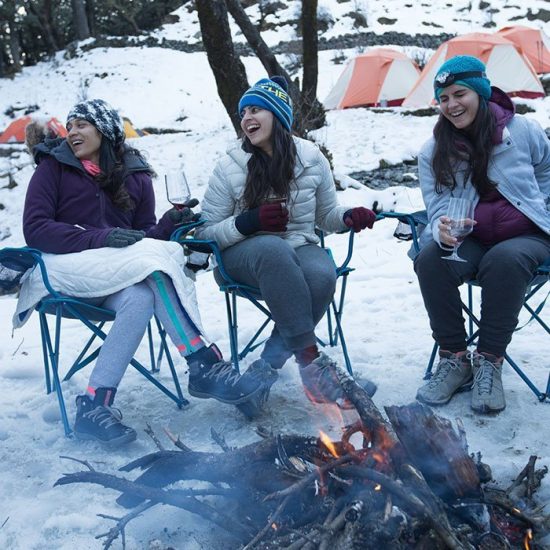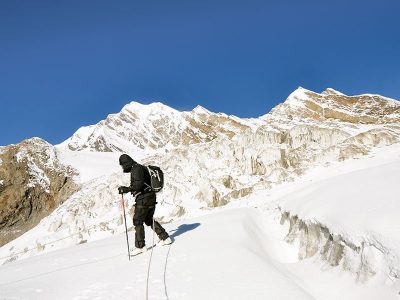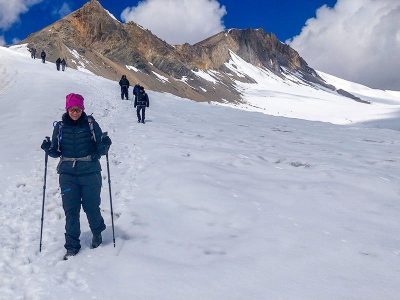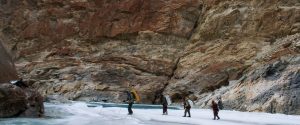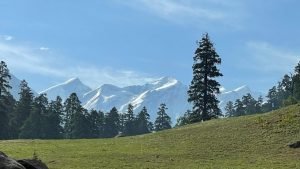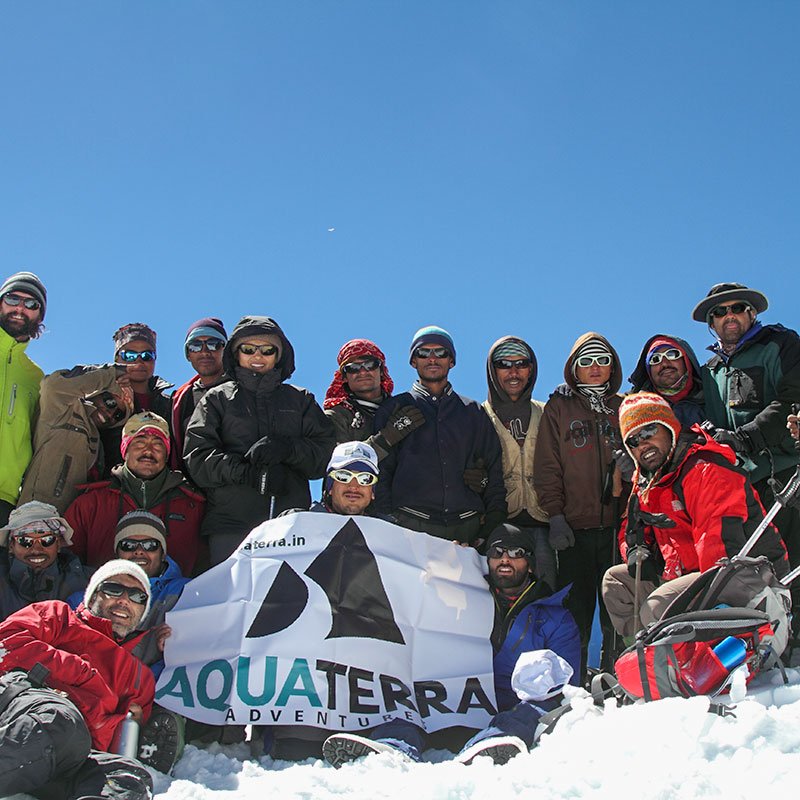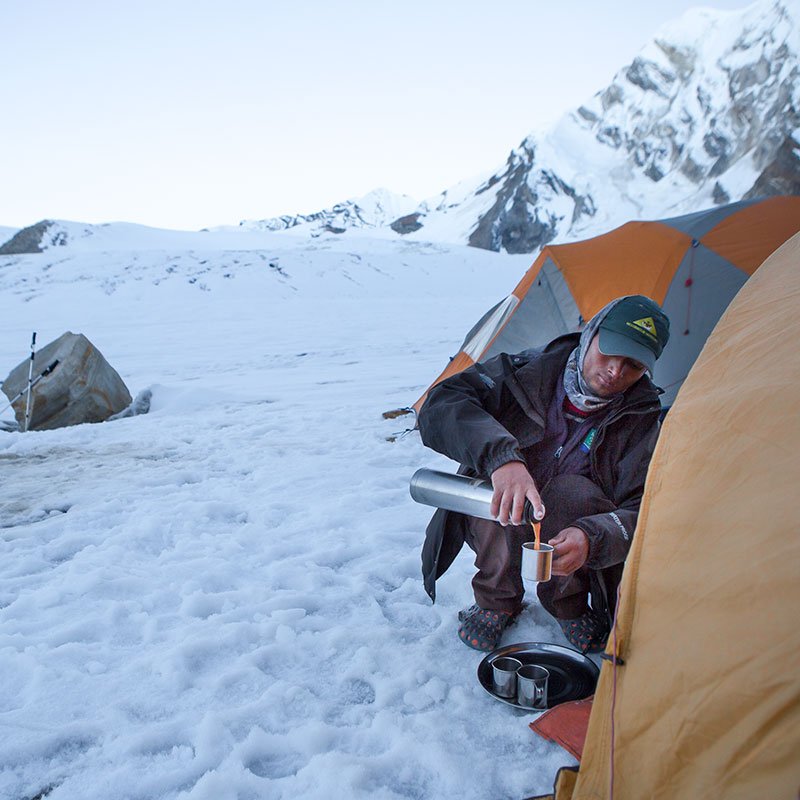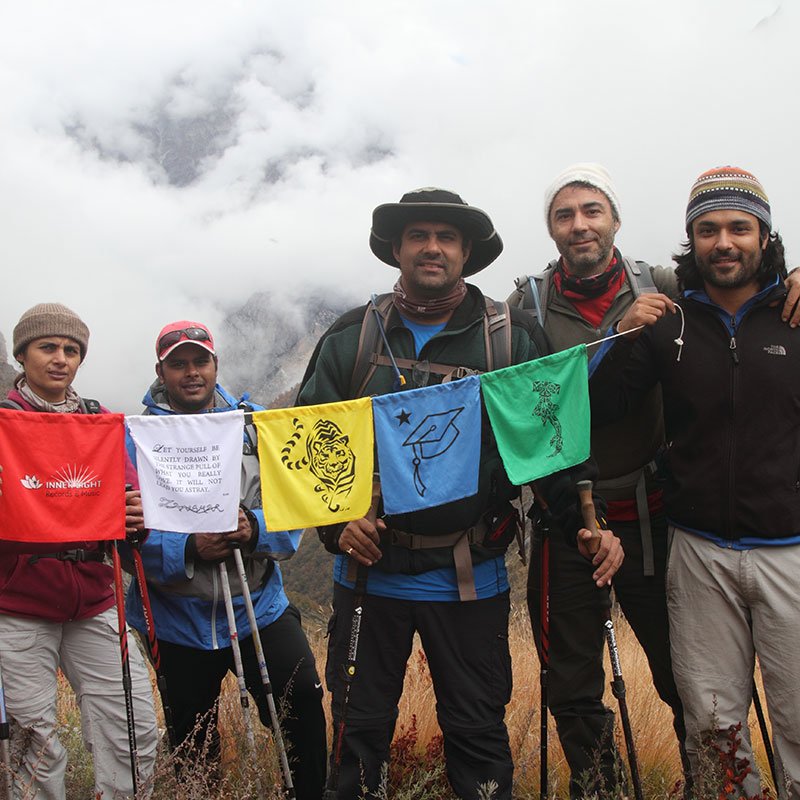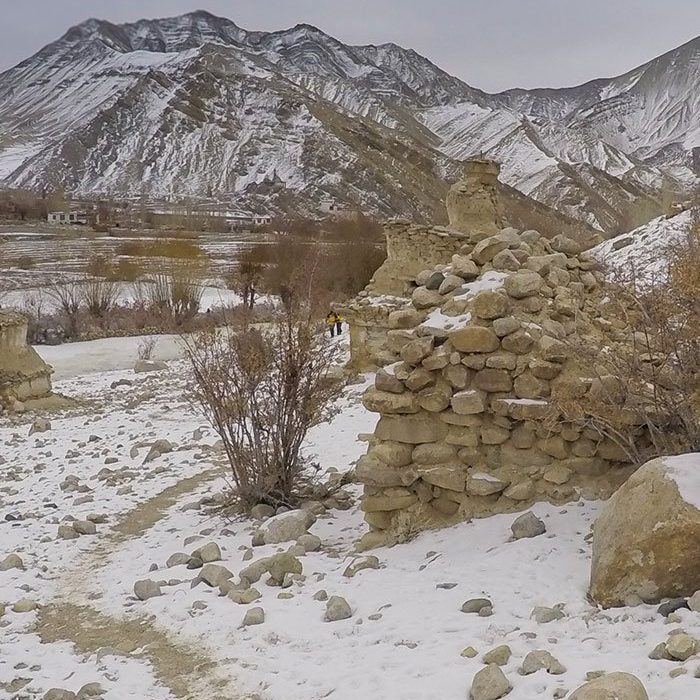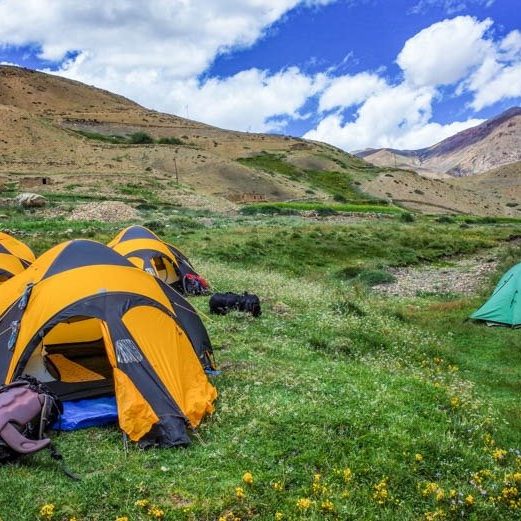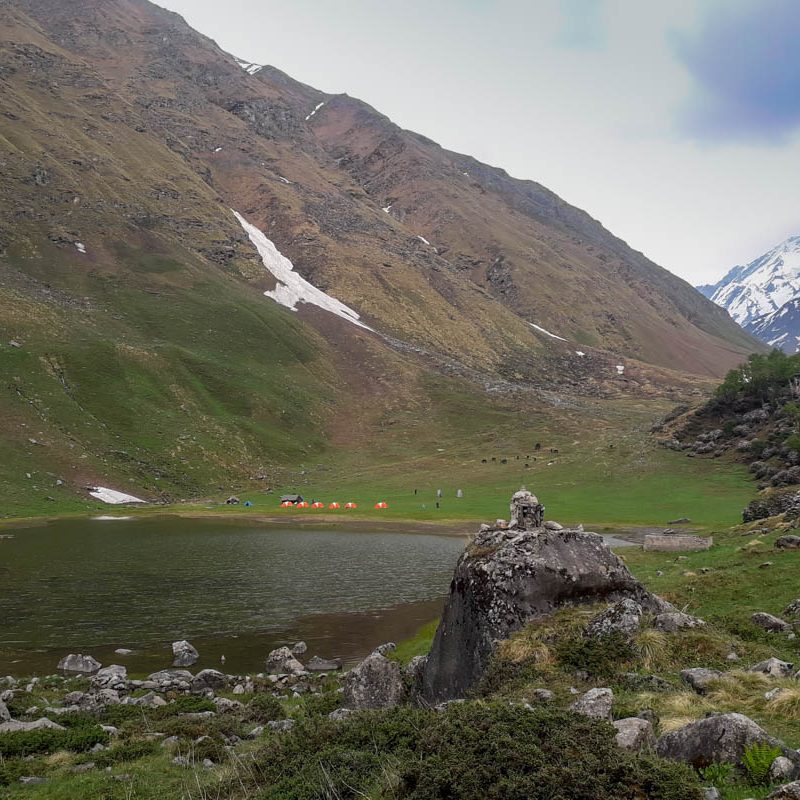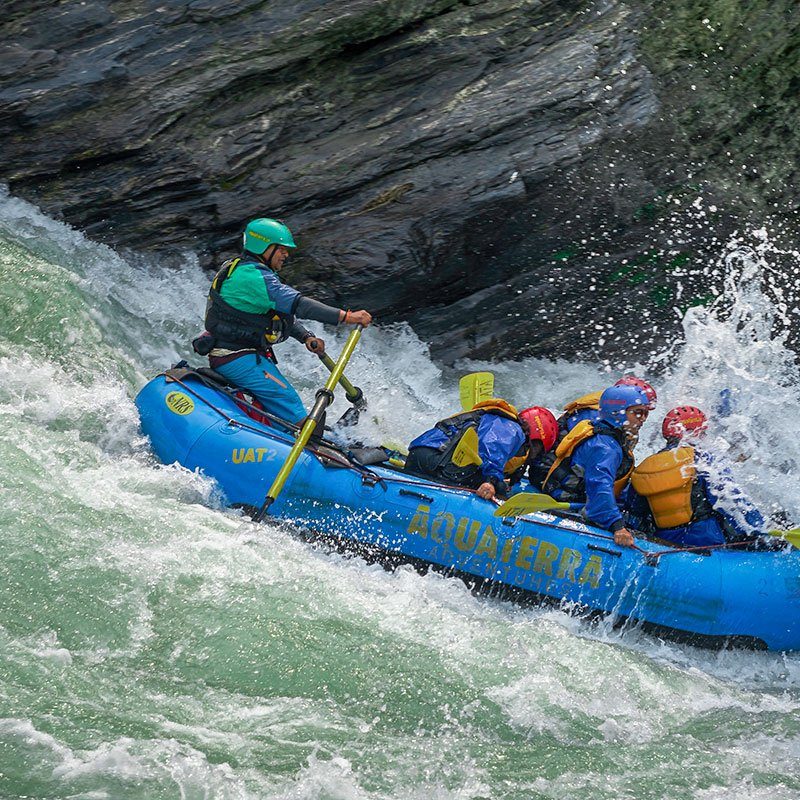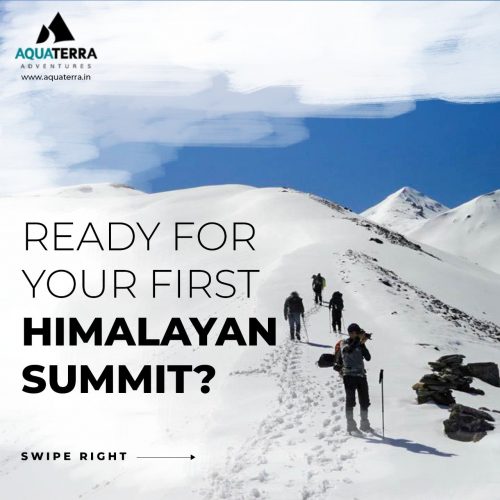
Ever since the days of early climbing expeditions, the highest point on Earth has had a lure of its own, drawing climbers and trekkers to it like a magnet. Naturally, the trail to the base of Everest has become one of the most popular trekking routes in the world, attracting more than 400 people on the trail per day during season.
The 15-day Gokyo Lakes trek gives great views of Mt Everest (8848 and Mt. Cho Oyu (8201m) without the bustling crowds of Kala Patthar and Everest Base Camp. The village of Gokyo, is much more beautiful than Gorak Shep. Gokyo, the lake is truly stunning with its emerald green lakes and herds of yaks wandering freely.



